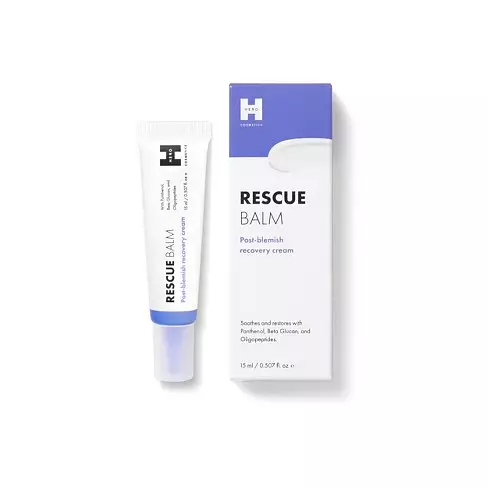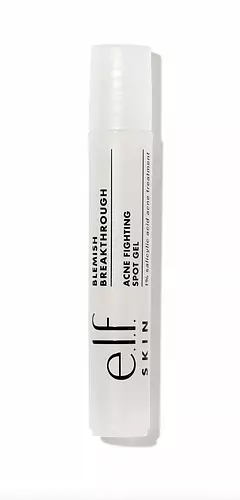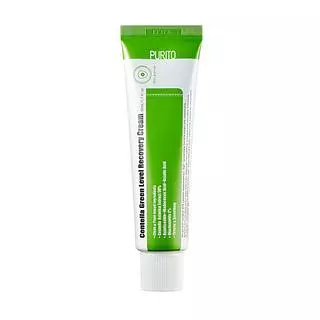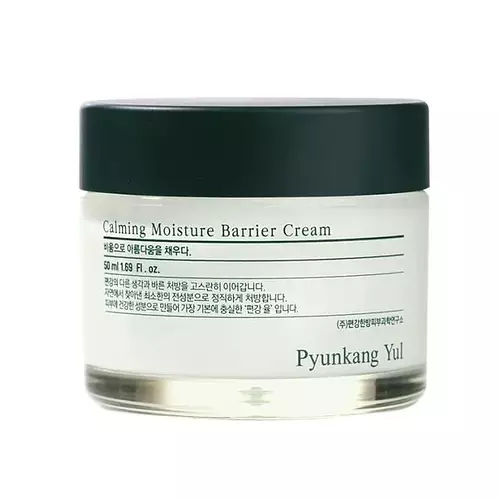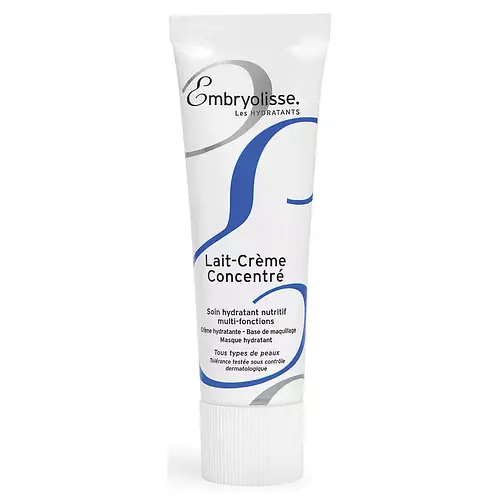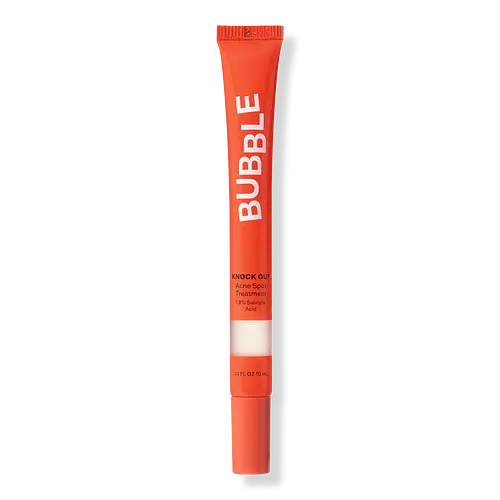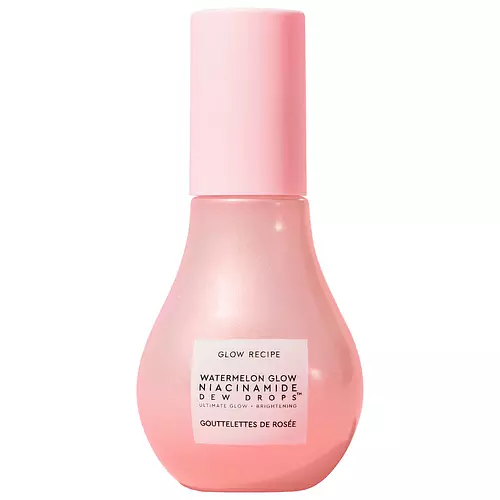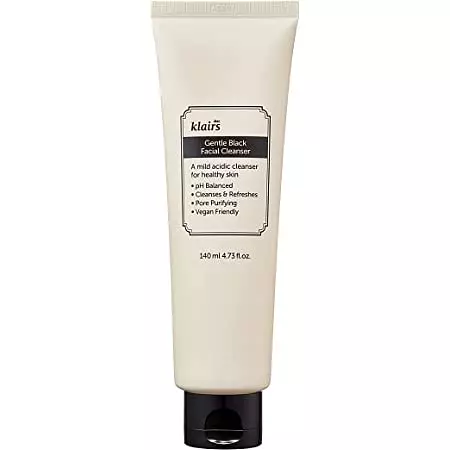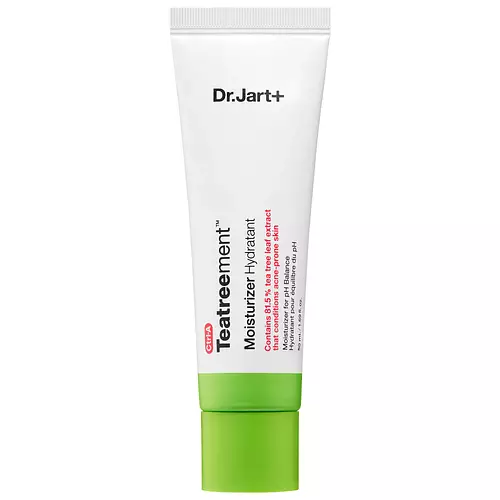Hero Cosmetics Rescue Balm Versus e.l.f. cosmetics Blemish Breakthrough Acne Fighting Spot Gel
Overview
What they are
These products are both cruelty-free and reef safe facial treatments. They have a total of 2 ingredients in common
Suited For
They're both likely to be good for anti aging, brightening skin, sensitive skin and scar healing
Free From
They both do not contain any parabens
We independently verify ingredients, and our claims are backed by peer-reviewed research. Spot a product that needs an update? Let us know.
Ingredient Info
Hero Cosmetics Rescue Balm 31 ingredients
e.l.f. cosmetics Blemish Breakthrough Acne Fighting Spot Gel 15 ingredients
At a glance
Click on any of the items below to learn more
Hero Cosmetics Rescue Balm 31 ingredients
e.l.f. cosmetics Blemish Breakthrough Acne Fighting Spot Gel 15 ingredients
Benefits
This product contains 2 ingredients that may have this attribute:
This product contains 1 ingredient that may have this attribute:
This product contains 1 ingredient that may have this attribute:
This product contains 1 ingredient that may have this attribute:
This product contains 1 ingredient that may have this attribute:
This product contains 1 ingredient that may have this attribute:
Concerns
This product contains 2 ingredients that may have this attribute:
Notable Ingredients
This product contains 1 ingredient that may have this attribute:
Benefits
This product contains 3 ingredients that may have this attribute:
This product contains 1 ingredient that may have this attribute:
This product contains 1 ingredient that may have this attribute:
This product contains 2 ingredients that may have this attribute:
This product contains 1 ingredient that may have this attribute:
This product contains 1 ingredient that may have this attribute:
This product contains 2 ingredients that may have this attribute:
This product contains 1 ingredient that may have this attribute:
Concerns
This product contains 3 ingredients that may have this attribute:
This product contains 1 ingredient that may have this attribute:
This product contains 3 ingredients that may have this attribute:
This product contains 3 ingredients that may have this attribute:
This product contains 3 ingredients that may have this attribute:
Ingredients Side-by-side
Ingredients Explained
These ingredients are found in both products.
Ingredients higher up in an ingredient list are typically present in a larger amount.
Water. It's the most common cosmetic ingredient of all. You'll usually see it at the top of ingredient lists, meaning that it makes up the largest part of the product.
So why is it so popular? Water most often acts as a solvent - this means that it helps dissolve other ingredients into the formulation.
You'll also recognize water as that liquid we all need to stay alive. If you see this, drink a glass of water. Stay hydrated!
Learn more about WaterButylene Glycol (or BG) is used within cosmetic products for a few different reasons:
- It is a solvent, meaning that it helps to dissolve other ingredients. This also enhances the absorption of the product into one's skin.
- It is a humectant, which means that it helps attract moisture into the skin.
- It helps improve product application.
Overall, Butylene Glycol is a safe and well-rounded ingredient. It is unlikely to irritate skin, and works well with pretty much all other ingredients.
Ingredient Ratings
Here's what our community thinks of the ingredients in these products.
When to use
Hero Cosmetics Rescue Balm 31 ingredients
e.l.f. cosmetics Blemish Breakthrough Acne Fighting Spot Gel 15 ingredients

Reviews
Here's what our community thinks
Hero Cosmetics Rescue Balm 31 ingredients
Kadri Reede
Very good product.
It won't heal Your acne spot with a single night, but it speeds up development and healing process of it big time.
It has...
Very good product.
It won't heal Your acne spot with a single night, but it speeds up development and healing process of it big time.
It has cream consistency and it feels moisturizing on skin.
